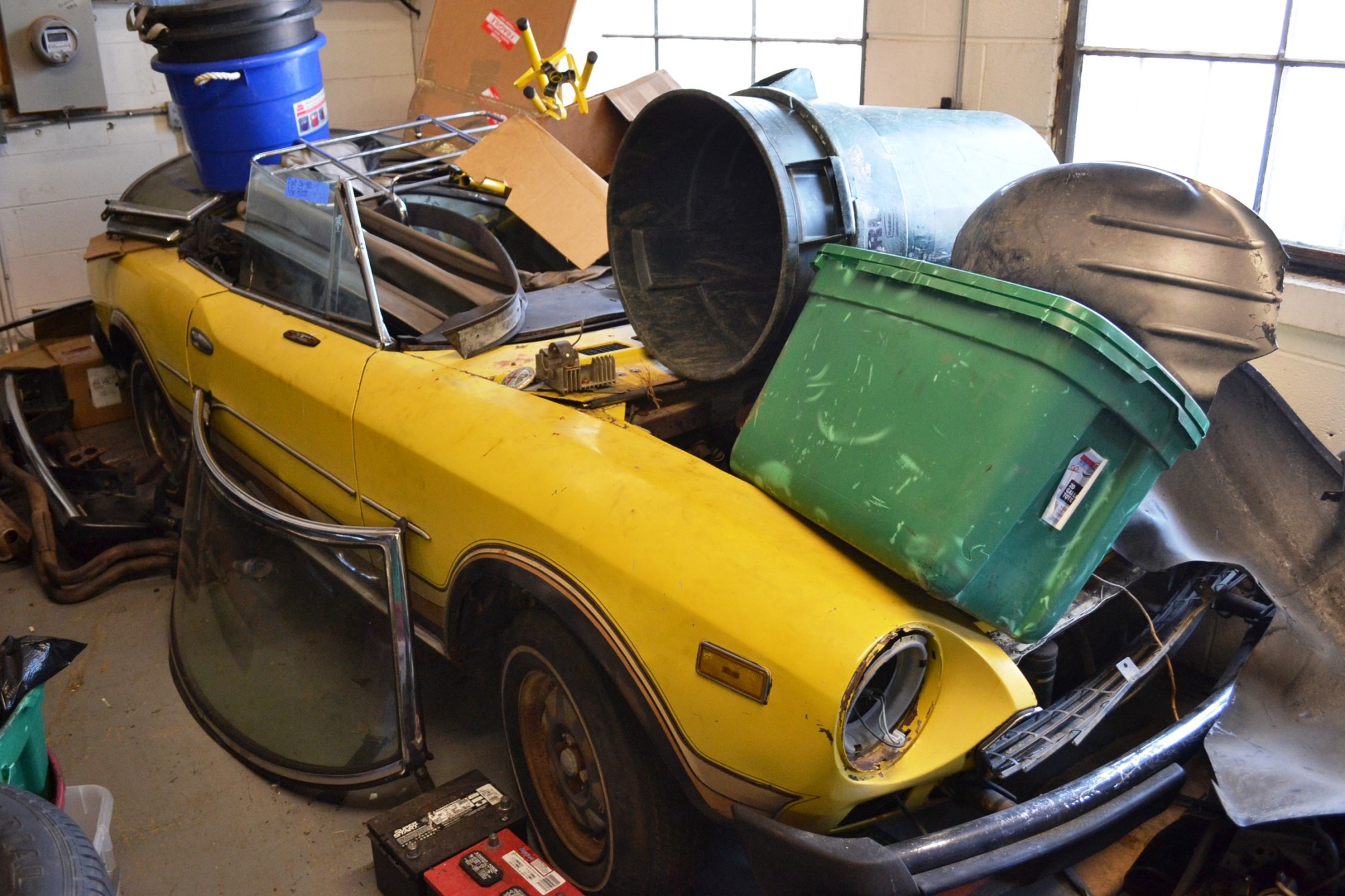Tag: Spider Restoration
Spider values shooting up, but quality restorations cost money…

Trend setters are always going to be subjects of criticism. Every time a Roadster Salon Spider forges into uncharted territory, we get a few snarky emails from people who can’t seem to wrap their heads around our business concept. Well meaning folks we assume, questioning the wisdom of putting more dollars into a restoration or upgrades than a Spider may ultimately return. The comments are usually punctuated with sarcasm concerning our supposed drug use–as in “what are we smoking?”
In truth, anyone who restores a collector car with the intention of selling it for a profit is on shaky ground. While it is certainly possible, most who claim to make money doing so are the beneficiaries of creative accounting. A profit–or more likely the recovery of investment, happens when you find the right buyer after the market luckily moves in your favor.
Roadster Salon restores cars for end users, not speculators. Our Spider restorations are the product of a shared vision. They are built to a customer’s exact specifications, for their enjoyment. In spite of efficiency through repetition and careful monitoring of resources, our margins remain thin. Costs are a reflection of the significant time, material and development that goes into each project. Since even the most valued original example rarely breaks the $50K barrier at auctions, how are we able to justify prices on some models nearly doubling that figure? The answer is simple. We don’t. Our customers do. Resale value is hardly a consideration, as only a handful of our cars have ever hit the secondary market. Each has returned the former owner nearly all their original investment.
Whether we fight fires, heal the sick, or make sure that package gets there by 10:30 the next morning, there is value to the services we all provide. Fundamentally, restoring a classic car (more accurately in our case re-creating one) takes a boat load of time, patience and expertise. There are no shortcuts. Offering restoration services for a fixed price is risky, but a great deal for our customers. On one particularly difficult project, I recall a painful conversation with Rob lamenting our exposure. I calculated the total man hours expended versus the dollars charged, and almost fainted. We would have done better offering fries with our burgers.
At the end of the day, people have different perceptions about value. The best examples of anything—be it a wrist watch, bicycle, camera or Spider—are all going to be expensive. Superior performance and aesthetics separate them from more mundane counterparts. A Timex and a Rolex both tell time. But you will never convince a Rolex owner they are equals. Same can be said for the owners of our cars.